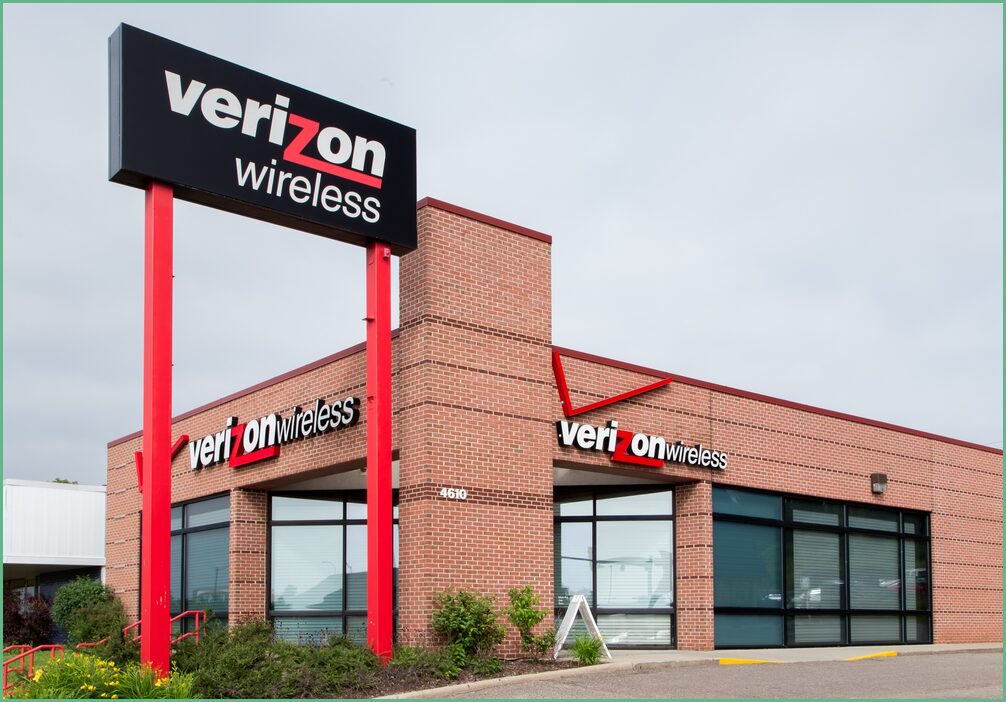Verizon is doubling down on 5G and cutting-edge wearable tech while leaning on steady cash flow and a long history of dividend increases. The company’s recent moves put it at the intersection of infrastructure, enterprise services, and emerging consumer devices. That mix makes Verizon both a defensive income play and a strategic tech investor.
Recent quarterly results showed enough strength that management nudged up guidance for adjusted EBITDA, earnings per share, and free cash flow. Verizon followed with a 1.8% dividend bump to $0.69 per share, effective November 3, 2025, marking its 19th consecutive year of increases. The yield sits near 6.3%, underpinned by a payout ratio that management describes as sustainable at roughly 63%.
Beyond the numbers, Verizon is visibly prioritizing network evolution and strategic partnerships to create new revenue streams. Those moves are meant to turn a massive 5G footprint into more than just faster mobile data. The goal is clear: convert connectivity into services that carry higher margins.
On the standards and research front, Verizon co-founded the Industry 6G Alliance alongside major global suppliers and platform players. Partners include Ericsson, Samsung, Nokia, Meta, and Qualcomm, each bringing technology depth and market reach. That collective effort aims to shape long-term roadmaps rather than overnight product launches.
Verizon’s 5G Ultra Wideband is also being pushed into mission-critical environments where reliability and low latency matter most. The company’s Verizon Frontline program equips public safety agencies and first responders with priority services and hardened devices. For example, Verizon deployed more than 950 5G-enabled smartphones to the Tampa Police Department to enhance emergency communications and situational awareness.
In the consumer wearable space, Verizon recently became the first carrier to offer the AI-powered Meta Ray-Ban Display glasses. That partnership signals Verizon’s intent to be the carrier of choice for connected wearables that require constant, low-latency connectivity. Offering such devices through carrier channels can help normalize subscription models and create a predictable revenue stream.
Wearables like AR glasses shift the business case toward edge computing, ultra-low latency, and new content formats. Verizon’s network architecture and edge computing footprint can support real-time AI features that purely over-the-top players struggle to deliver. If consumer adoption scales, carriers that own the network and edge could claim much of the value chain.
Verizon is also refining its physical presence, moving its headquarters to PENN 2 in Midtown Manhattan with completion expected by 2026. The relocation is a signal about corporate permanence and access to talent pools in the heart of New York. It’s a practical move for a company that needs both engineering talent and executive visibility.
On the capital allocation front, Verizon balances shareholder returns with heavy investment in network buildouts and spectrum. Maintaining a high dividend while funding 5G densification and fiber expansion is a steady juggling act. The company’s ability to sustain the dividend depends on successful monetization of upgraded infrastructure.
Competition and execution risk remain real and persistent threats to Verizon’s ambitions. Rivals continue to battle on price and coverage, and handset or silicon supply issues can disrupt device rollouts. Regulatory scrutiny and spectrum policy decisions also have the power to reshape competitive dynamics quickly.
From a use-case perspective, enterprise customers present a major commercial opportunity for Verizon. Industries such as logistics, manufacturing, and public safety can benefit from private wireless, edge compute, and managed services. Winning those contracts requires tight integration between connectivity, cloud partners, and systems integrators.
Consumer adoption of AR glasses and similar wearables is still nascent, which makes the near-term financial impact uncertain. Early buyers and pilots will validate technical claims, but broad market penetration will take time and clear use cases. Carriers will need to shepherd the ecosystem, from apps to billing models, to make wearables commercially attractive.
For income-oriented investors, Verizon’s dividend track record and current yield are major draws, but total return depends on future growth paths. If 5G monetization and wearable ecosystems scale, upside could follow; if uptake stalls, the stock may trade more like a yield-only play. Active monitoring of subscriber trends, ARPU, and enterprise pipeline is essential.
Analysts point to a range of outcomes based on execution and macro conditions, so viewing Verizon as a balanced risk profile is sensible. The company is not a moonshot growth name, nor is it a pure utility; it sits in a middle ground that blends steady cash generation with targeted technology bets. That hybrid status is both its strength and its constraint.
In short, Verizon is building a platform play on top of an extensive network, partnering with tech leaders to co-develop future devices and standards. The Meta Ray-Ban glass rollout and the Industry 6G Alliance membership are examples of strategic positioning more than immediate revenue drivers. How quickly those strategies translate into meaningful profit growth will determine Verizon’s next chapter.
